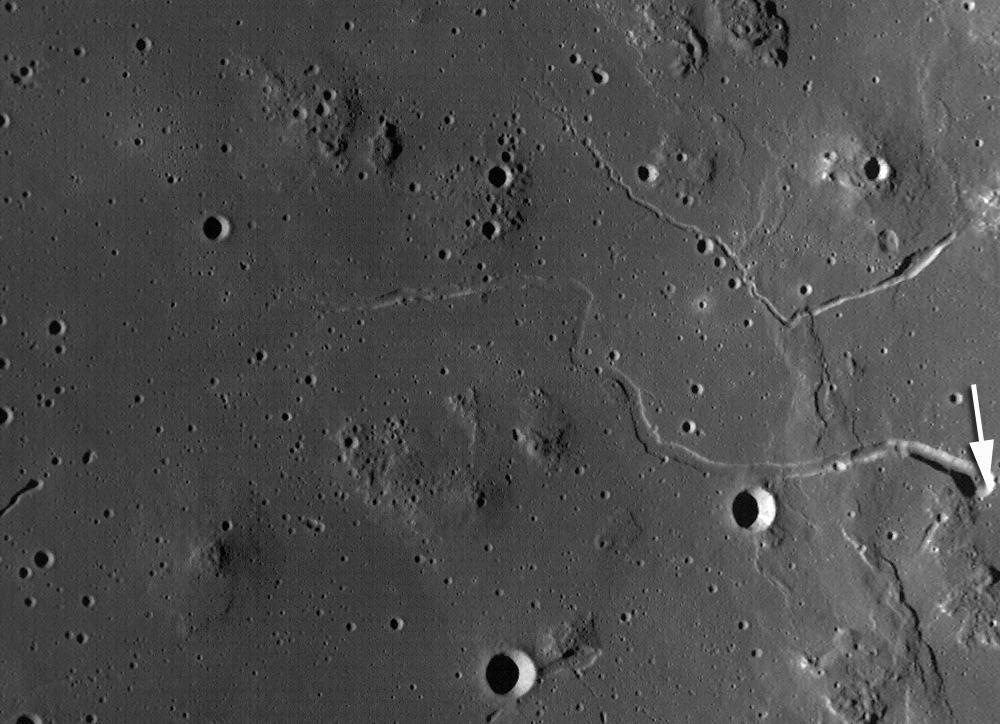A huge cave on the moon could be a shelter for astronauts, Japanese scientists say
Space agencies hope to use the moon as a pitstop on the way to Mars and beyond

A potential shelter has been found on the moon which could be a temporary home for future astronauts, says the Japanese space agency.
Scientists first spotted the hole using an orbiter, which saw only a 50-metre hole. But the agency said further exploration using radio waves found a lava tube that stretched for miles.
The potential shelter is thought to have been formed by lava flowing on the moon as much as 3.5 billion years ago. It sits around a series of volcanic dimes known as the Marius Hills.
A number of national and international bodies have proposed that humans will soon head back to the moon to build a colony. The cave, stretching 30 miles over the lunar surface, could be used as protection while astronauts establish a more permanent base.
The moon has no real atmosphere, so humans are not shielded from deadly radiation like we are on Earth.
The astronauts inside the cave would also be protected from asteroid impacts – which are also more dangerous for the lack of atmosphere – and there would be a more consistent temperature inside the hole.
As well as allowing for further exploration of our closest neighbour, it could also serve as a stop off for further exploration of our solar system.
Japan wants to put an astronaut on the moon’s surface by 2030. They will join a NASA mission that hopes to build a moon base that will be used to head to Mars.
“We will return American astronauts to the moon – not only to leave behind footprints and flags, but to build the foundations we need to send Americans to Mars and beyond,” US Vice President Mike Pence has said.
The Kaguya satellite that found the cave has been offline since 2009, when it crashed into the moon’s surface. But scientists continue to find surprises in the data it sent back.
Join our commenting forum
Join thought-provoking conversations, follow other Independent readers and see their replies
Comments
Bookmark popover
Removed from bookmarks